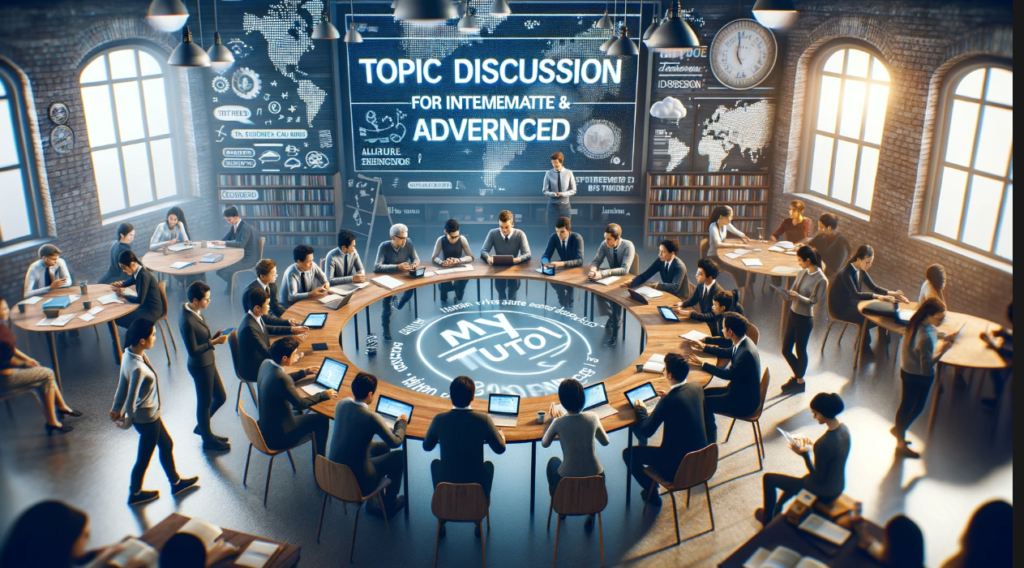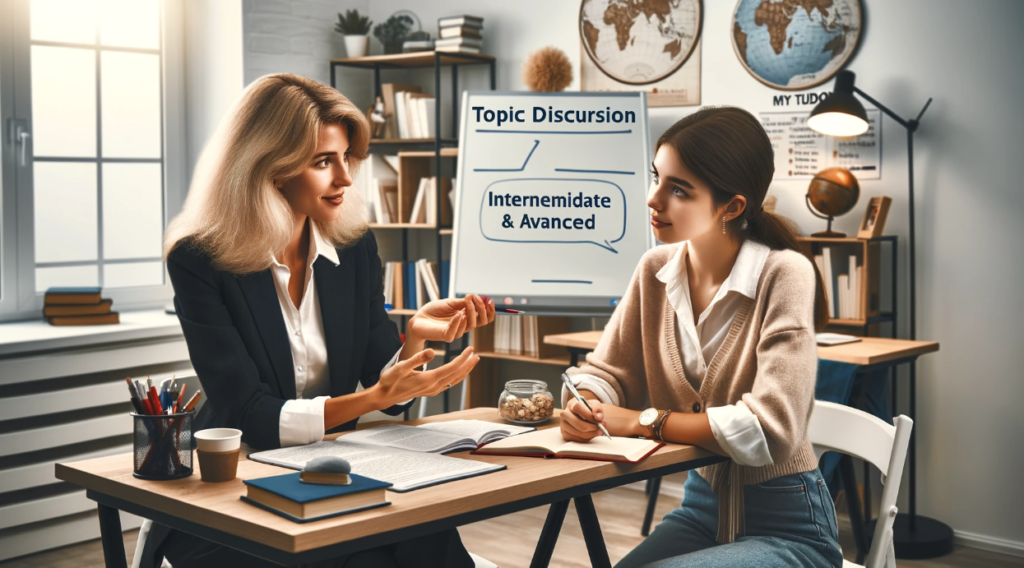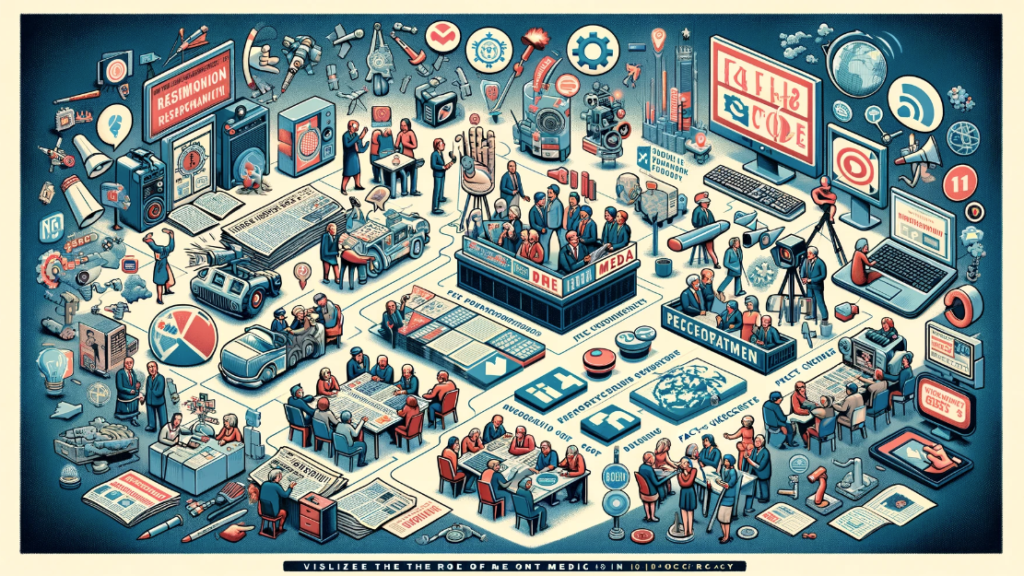Lesson 46.
The Impact of Global Warming on Biodiversity (地球温暖化が生物多様性に与える影響)
▮ Explanatory Text:
Global warming, driven by human activities such as the burning of fossil fuels and deforestation, is leading to significant changes in the Earth’s climate. These changes have profound effects on biodiversity, the variety of life on Earth, from genes and species to ecosystems. Rising temperatures, shifting weather patterns, and changing landscapes are altering habitats and threatening the survival of many species. The loss of biodiversity not only diminishes the beauty and variety of natural life but also undermines the resilience of ecosystems, affecting ecosystem services that humans rely on, such as pollination, water purification, and carbon sequestration. This topic explores the ways in which global warming impacts biodiversity, the potential long-term consequences for natural systems and human well-being, and the importance of conservation efforts to mitigate these impacts.
▮ Common Phrases:
1. Climate change alters habitats by…
2. Species at risk from global warming include…
3. The loss of biodiversity affects ecosystem services by…
4. Conservation efforts to combat the effects of global warming involve…
5. Sustainable practices can help reduce global warming and protect biodiversity by…
▮ Example Sentences:
1. Climate change alters habitats by increasing temperatures, which can force species to migrate to cooler areas.
2. Species at risk from global warming include polar bears, coral reefs, and mountain-dwelling animals.
3. The loss of biodiversity affects ecosystem services by reducing nature’s ability to support human life.
4. Conservation efforts to combat the effects of global warming involve protecting natural habitats and restoring damaged ecosystems.
5. Sustainable practices can help reduce global warming and protect biodiversity by promoting renewable energy, reducing waste, and conserving water.
▮ Questions:
1. How does global warming specifically impact different types of ecosystems, such as forests, oceans, and polar regions?
This question encourages learners to discuss the varied impacts of climate change on diverse ecosystems and the species that inhabit them.
2. What are the key challenges in predicting the impact of global warming on biodiversity?
Participants explore the complexities and uncertainties involved in forecasting climate change effects on biological diversity.
3. How can conservation efforts be designed to protect biodiversity in the face of global warming?
This prompts a discussion on effective strategies and actions for biodiversity conservation in a changing climate.
4.&5. What role do individuals, communities, and governments play in mitigating global warming and its impacts on biodiversity?
Learners examine the responsibilities and actions of different societal levels in addressing climate change and conserving biodiversity.
Discuss the importance of biodiversity in maintaining ecosystem health and resilience against climate change.
This question invites learners to reflect on the vital role of biodiversity in ecosystem functioning and the benefits it provides to humanity.
▮ Discussion Instructions:
Choose a particular species, ecosystem, or conservation strategy related to the impact of global warming on biodiversity that interests you. Discuss the specific challenges it faces, the implications for biodiversity and human well-being, and the measures being taken or proposed to protect it. Reflect on the broader lessons that can be learned about the relationship between climate change, biodiversity, and sustainability.

















